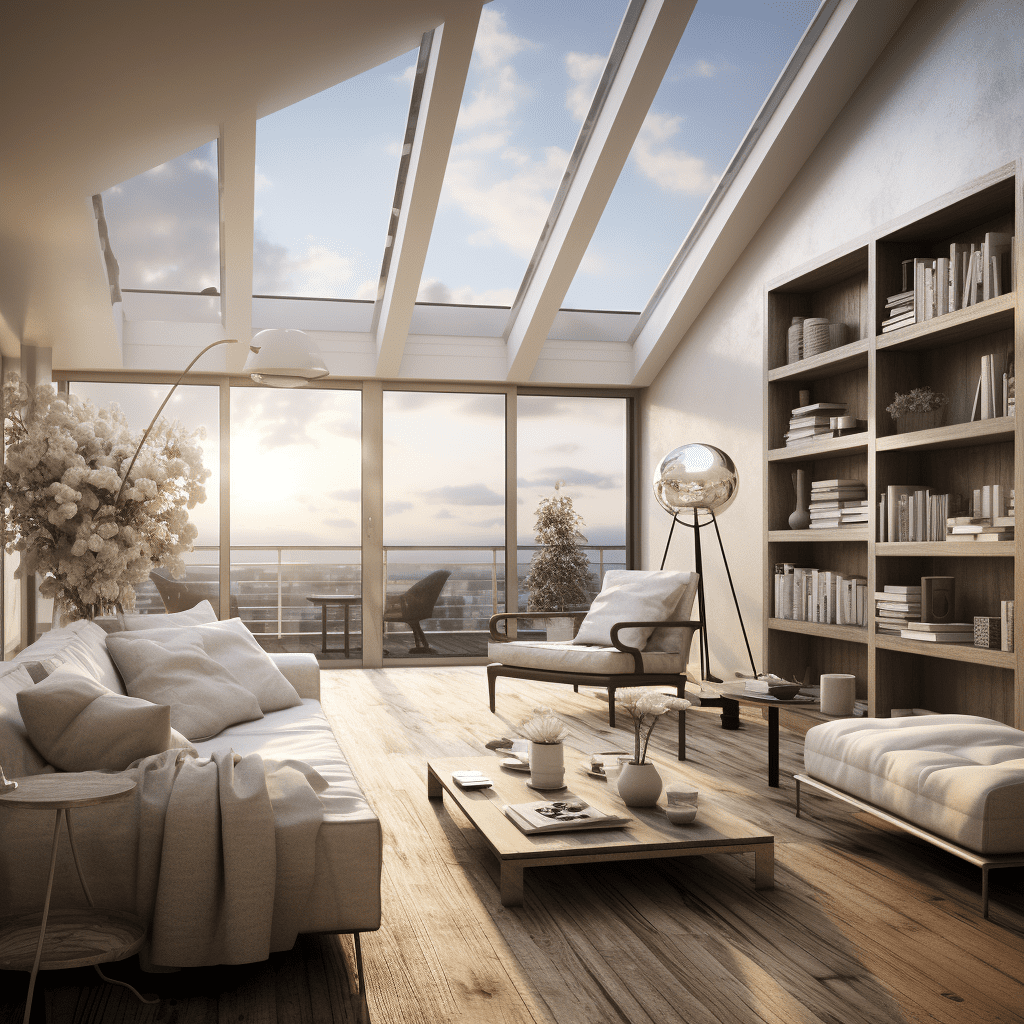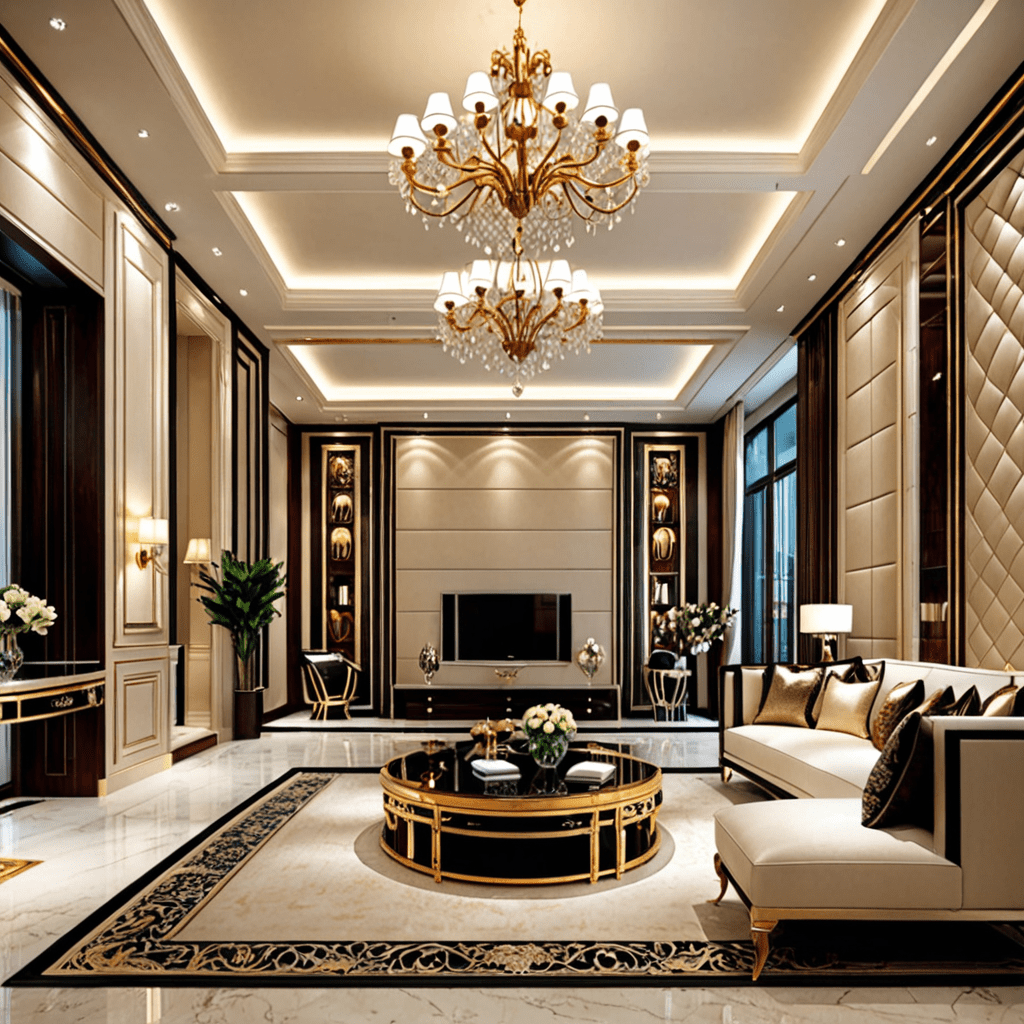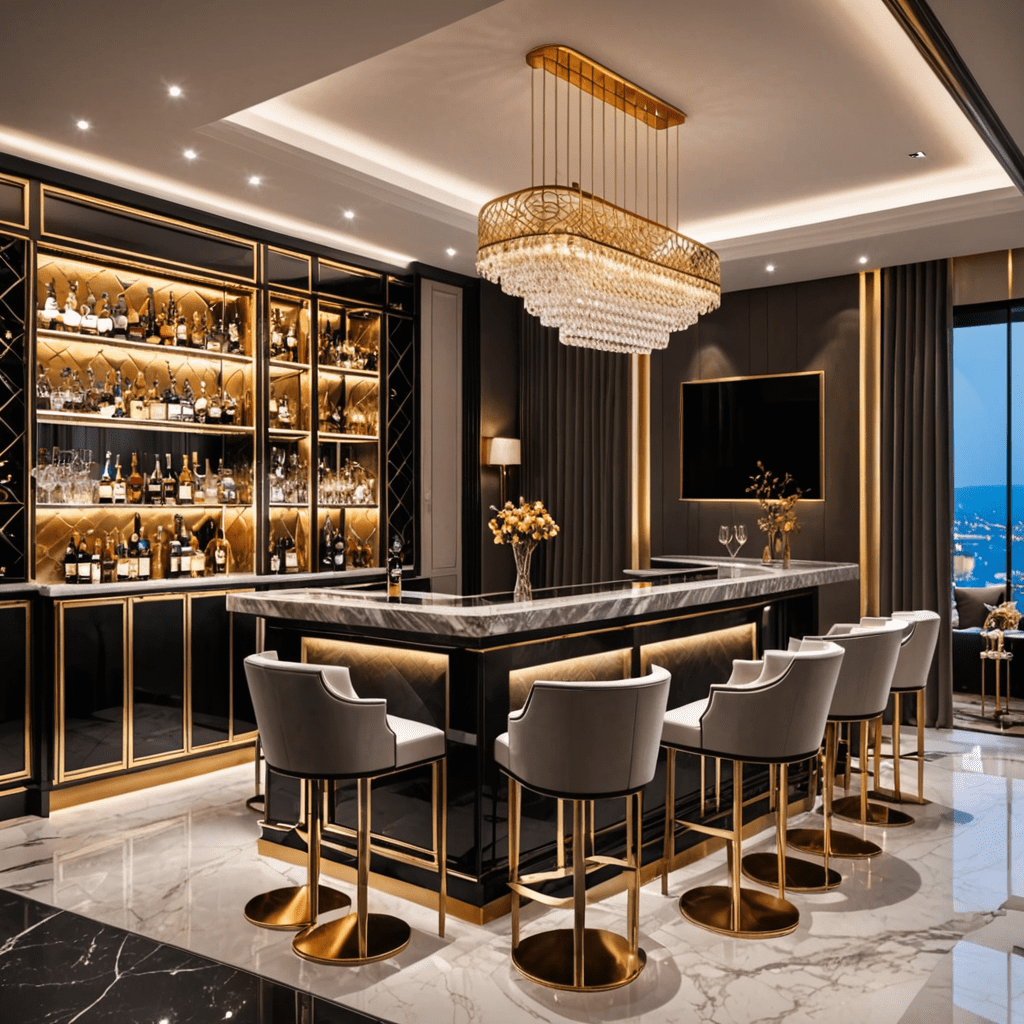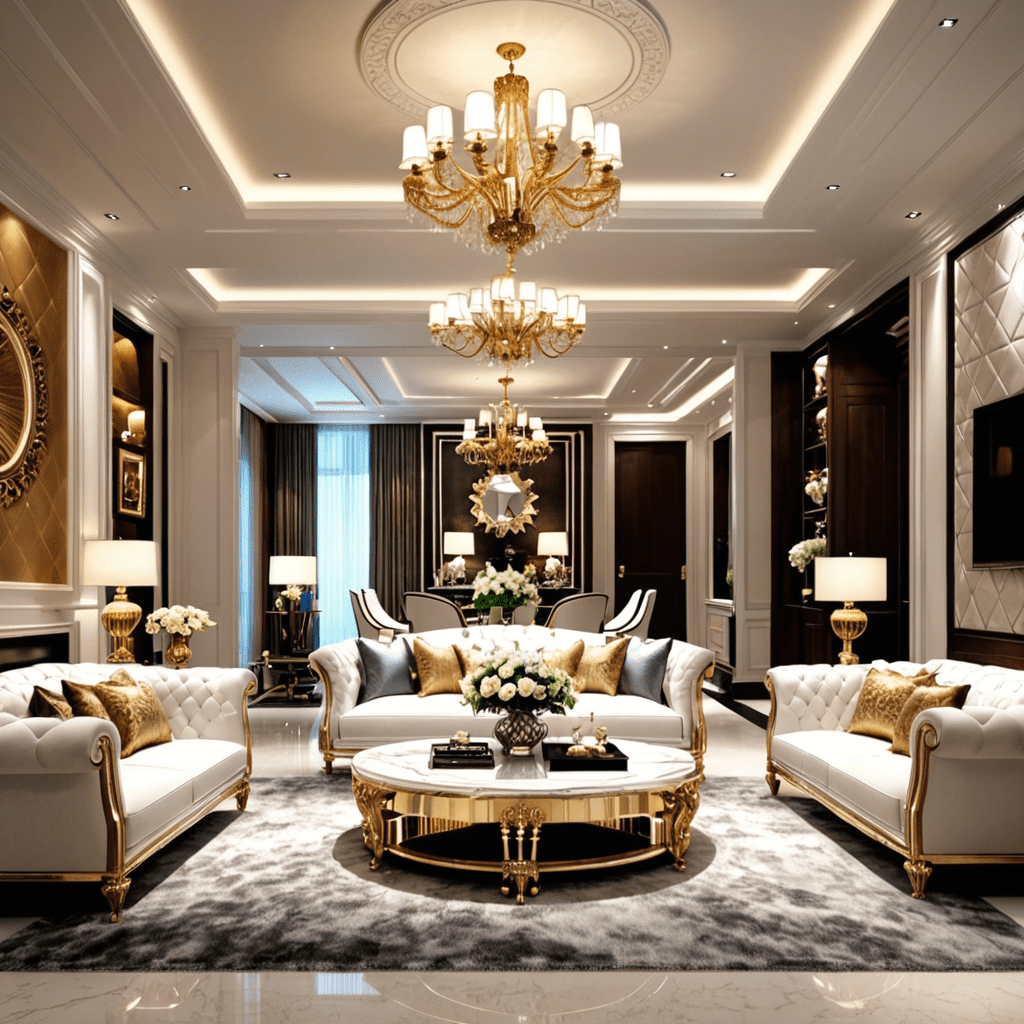Cover Letter for Interior Design: How to Showcase Your Skills and Get the Job


How to Write an Effective Cover Letter for Interior Design Positions
Are you an interior design enthusiast looking for a job in the field? A well-crafted cover letter can greatly increase your chances of landing your dream job. In this article, we will guide you through the process of writing an effective cover letter for interior design positions. From the structure and content to the dos and don’ts, we’ve got you covered. So let’s dive in!
1. Introduction: Grab the Reader’s Attention
The first paragraph of your interior design cover letter should be attention-grabbing. Start by introducing yourself and stating the position you are applying for. Briefly mention your passion for interior design and explain why you are interested in the specific company or organization. Remember to keep it concise and compelling.
2. Showcase Your Skills and Experience
In the second paragraph, highlight your skills and experience relevant to the interior design industry. Mention any design software proficiency, knowledge of architectural principles, or experience with space planning. Provide specific examples of projects you have worked on and how your expertise contributed to their success.
3. Demonstrate Your Understanding of the Company
The third paragraph is an opportunity to showcase your knowledge about the company or organization you are applying to. Research their recent projects, design philosophy, and client base. Explain how your skills and experience align with their values and goals. This demonstrates your genuine interest in the company and shows that you have done your homework.
4. Personalize Your Approach
In the fourth paragraph, personalize your cover letter by sharing a personal anecdote or expressing your unique design perspective. This allows the employer to get a glimpse of your creativity and passion for interior design. Be authentic and let your personality shine through your words.
5. Wrap it Up with a Strong Closing Statement
The fifth paragraph serves as your closing statement, where you summarize your key points and reiterate your enthusiasm for the position. Express your interest in further discussing your qualifications and how you can contribute to the company’s success. End the letter with a professional closing and your contact information.
6. Proofread and Edit
Before sending out your cover letter, make sure to thoroughly proofread and edit it. Check for any grammatical or spelling errors, and ensure that the content flows smoothly. It might also be helpful to have someone else review your letter for feedback and suggestions. A polished and error-free cover letter reflects your attention to detail and professionalism.
FAQ
Q: Should my cover letter be tailored to each job application?
A: Yes, it is highly recommended to tailor your cover letter to each job application. Research the company and the specific position you are applying for, and customize your letter accordingly. This shows your genuine interest in the role and increases your chances of standing out from other applicants.
Q: How long should my cover letter be?
A: A cover letter should ideally be around one page in length. Keep it concise and to the point, focusing on your key qualifications and experiences. Remember that hiring managers often have limited time to review applications, so keep your letter concise and impactful.
Q: Should I include my portfolio with the cover letter?
A: It’s a great idea to include a link to your online portfolio or attach a PDF version with your cover letter. This allows employers to see your previous work and get a better understanding of your design style and capabilities. However, make sure to keep your portfolio brief and relevant, showcasing your best work.
Q: Is it necessary to follow a specific format for the cover letter?
A: While there is no set format for a cover letter, it is generally recommended to follow a professional and formal structure. Use a business letter format, including your contact information, a proper salutation, paragraphs with clear headings, and a professional closing. Use a clear and legible font, such as Arial or Times New Roman, and maintain consistent formatting throughout the letter.
Q: What should I avoid in my cover letter?
A: Avoid generic and cliché statements that do not add value to your application. Also, refrain from discussing salary expectations or negative experiences with previous employers. Instead, focus on highlighting your skills, experience, and enthusiasm for interior design. Keep the tone professional and avoid spelling or grammatical errors.
Q: When should I follow up after sending my cover letter?
A: It’s a good practice to follow up on your application about a week after sending your cover letter. This shows your proactive approach and genuine interest in the position. Send a brief and polite email or make a phone call to inquire about the status of your application. Remember to thank the employer for considering you for the opportunity.
Writing an effective cover letter for an interior design position requires careful thought and attention. By following these guidelines and customizing your letter for each application, you can make a strong impression on potential employers. Good luck with your job search!




